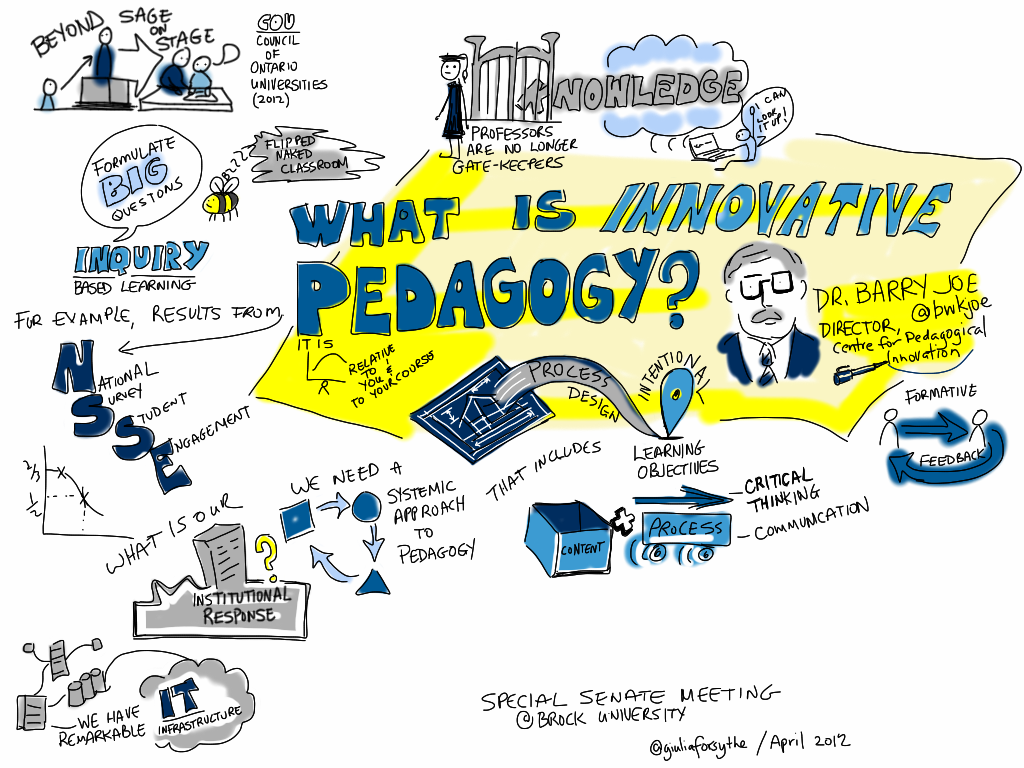
Join us for our next journal club meeting on Monday 6th July at 3pm, the papers we’ll be discussing below come from the #paper-suggestions channel of our slack workspace at uk-acm-sigsce.slack.com.
Show me the pedagogy!
The first paper is a short chapter by Katrina Falkner and Judy Sheard which gives an overview of pedagogic approaches including active learning, collaborative learning, cooperative learning, contributing student pedagogy (CSP), blended learning and MOOCs. [1] This was published last year as chapter 15 of the Cambridge Handbook on Computing Education Research edited by Sally Fincher and Anthony V. Robins. A lot of blended learning resources focus on technology, this chapter talks about where blended learning fits with a range of different pedagogic approaches.
Implementing blended learning
The second paper (suggested by Jane Waite) is Design and implementation factors in blended synchronous learning environments [2], here’s a summary from the abstract:
Increasingly, universities are using technology to provide students with more flexible modes of participation. This article presents a cross-case analysis of blended synchronous learning environments—contexts where remote students participated in face-to-face classes through the use of rich-media synchronous technologies such as video conferencing, web conferencing, and virtual worlds. The study examined how design and implementation factors influenced student learning activity and perceived learning outcomes, drawing on a synthesis of student, teacher, and researcher observations collected before, during, and after blended synchronous learning lessons. Key findings include the importance of designing for active learning, the need to select and utilise technologies appropriately to meet communicative requirements, varying degrees of co-presence depending on technological and human factors, and heightened cognitive load. Pedagogical, technological, and logistical implications are presented in the form of a Blended Synchronous Learning Design Framework that is grounded in the results of the study.
We look forward to seeing you there, zoom details are on the slack channel, email me if you’d like to request an invitation to the slack channel. Likewise, if you don’t have access to the papers let me know.
Short notes from the discussion
Some of the questions discussed on the day:
- Inclusion raises a number of questions in terms of room management, gender balance – was this a consideration?
- What effect do you think the absence of anyone F2F would have on the case studies and/or your outcomes?
- How scalable is this approach? Can it be used with classes of 200 or 300 students?
- Constructive alignment plays an important role in getting this kind of blended learning to work, see the work of John Biggs e.g. Teaching for Quality Learning at University book
Further reading from co-authors
Jaqueline Kenney, one of the co-authors of the paper we discussed joined us for the session (thanks again Jacqueline). Matt Bower also emailed some suggestions of work that follows on
- See related work Collaborative learning across physical and virtual worlds: Factors supporting and constraining learners in a blended reality environment DOI:10.1111/bjet.12435 and blendsync.org
- Bower, M. (2006). Virtual classroom pedagogy. Paper presented at the Proceedings of the 37th SIGCSE technical symposium on Computer science education, Houston, Texas, USA. DOI:10.1145/1121341.1121390
- Bower, M. (2006). A learning system engineering approach to developing online courses. Paper presented at the Proceedings of the 8th Australasian Conference on Computing Education – Volume 52, Hobart, Australia.
- Bower, M. (2007). Groupwork activities in synchronous online classroom spaces. Paper presented at the Proceedings of the 38th SIGCSE technical symposium on Computer science education, Covington, Kentucky, USA. DOI:10.1145/1227310.1227345
- Bower, M. (2007). Independent, synchronous and asynchronous an analysis of approaches to online concept formation. Paper presented at the Proceedings of the 12th annual SIGCSE conference on Innovation and technology in computer science education, Dundee, Scotland. DOI:10.1145/1268784.1268827
- Bower, M. (2008). The “instructed-teacher”: a computer science online learning pedagogical pattern. Paper presented at the Proceedings of the 13th annual conference on Innovation and technology in computer science education, Madrid, Spain. DOI:10.1145/1384271.1384323
- Bower, M., & McIver, A. (2011). Continual and explicit comparison to promote proactive facilitation during second computer language learning. Paper presented at the Proceedings of the 16th annual joint conference on Innovation and technology in computer science education, Darmstadt, Germany. DOI:10.1145/1999747.1999809
- Bower, M., & Richards, D. (2005). The impact of virtual classroom laboratories in CSE. Paper presented at the Proceedings of the 36th SIGCSE technical symposium on Computer science education, St. Louis, Missouri, USA. DOI:10.1145/1047344.1047447As well, this Computers & Education paper specifically relates to a study of teaching computing online:
- Bower, M., & Hedberg, J. G. (2010). A quantitative multimodal discourse analysis of teaching and learning in a web-conferencing environment–the efficacy of student-centred learning designs. Computers & education, 54(2), 462-478.
References
- Falkner, Katrina; Sheard, Judy (2019). “Pedagogic Approaches”: 445–480. doi:10.1017/9781108654555.016. Chapter 15 of the The Cambridge Handbook of Computing Education Research
- Bower, Matt; Dalgarno, Barney; Kennedy, Gregor E.; Lee, Mark J.W.; Kenney, Jacqueline (2015). “Design and implementation factors in blended synchronous learning environments: Outcomes from a cross-case analysis”. Computers & Education. 86: 1–17. doi:10.1016/j.compedu.2015.03.006. ISSN 0360-1315.